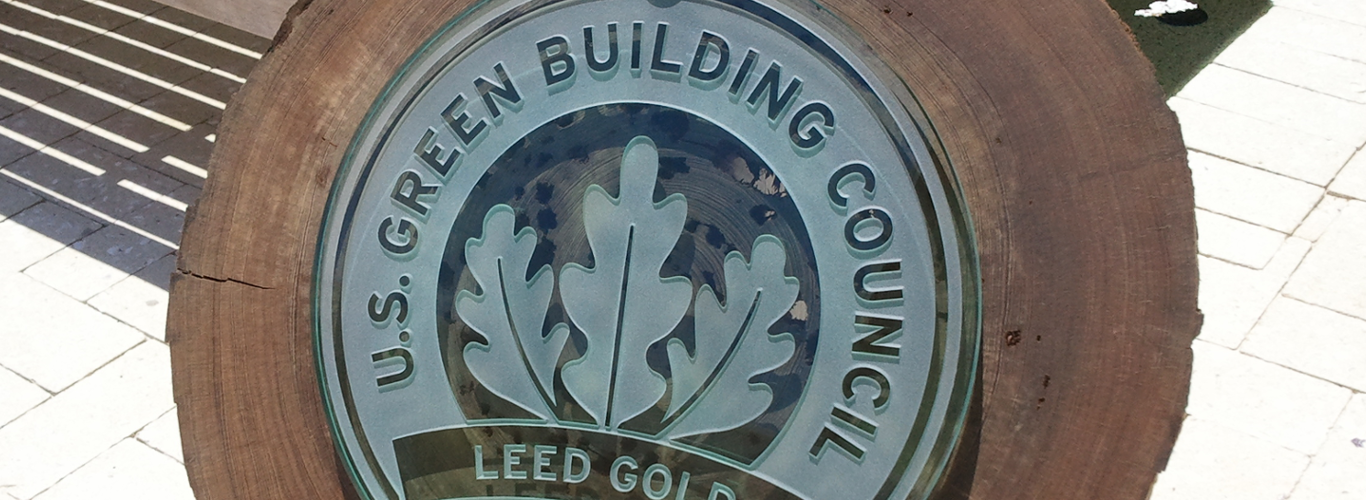Home and business renovations feel like a fresh, healthy start - until you stop to consider the environmental impact of newly harvested or wasted materials. A well planned green renovation can help you take advantage of the newest products and materials that have a smaller footprint on our environment. Read on to learn more about the The Three Tiers of Your Eco-Friendly Remodel.
TIER ONE - Business Operations – Conserving and Reducing
Operations
- Purchasing supplies – evaluate which supplies can be purchased with recycled content
- Printing - Provide policies to try and reduce in-office printing
- Promoting alternative means of transportation - Car Pools; Mass Transportation; Fuel efficient vehicles; Bicycling
- Institute a recycling program
- Provide a designated smoking area away from building openings and/or institute a smoking policy that provides assistance in reducing smoking.
- Institute a cleaning program with low or no VOC cleaning agents
Energy
- Lamps – change incandescent to fluorescent
- Implement a policy to turn lights off when not in use
Water
Materials
- Any new finishes to have recycled content and/or low or no VOC’s (ex. Paint)
Environment
- Provide access to temperature controls with a policy for how to regulate control, especially while there are no occupants in the space
TIER TWO - Facility Upgrades – (all the pertinent above mentioned strategies plus those outlined below)
Energy
- Upgrade lighting fixtures
- Purchase green power credits
- Provide occupancy sensors to regulate lights
Water
- Implement upgraded fixtures for those that do not meet current code
- Alternatively, upgrade all plumbing fixtures to low-flow
Materials
- Any new finishes instituted to have recycled content and/or low or no VOC’s (ex. Paint).
Environment
- Provide programmable temperature controls based on occupancy of space
TIER THREE - Major Renovation – (all the above mentioned strategies plus those outlined below)
Operations
- Re-landscape with drought tolerant and native species for minimal irrigation use
- Increase landscaped areas
- Introduce building commissioning
- Provide a designated recycling center
- Provide detailed construction waste management and waste diversion plans
Energy
- Upgrade roofi to highly reflective material
- Upgrade exterior lighting – timers/ light sensors
- Upgrade HVAC equipment
- Implement renewable energy technologies
- Upgrade building envelope – Windows, doors and insulation
- Reuse as much of building as possible
Water
- Replace all fixtures to ultra low-flow
- Evaluate use of reclaimed or cistern water
Materials
- Any new finishes to have recycled content and/or low or no VOC’s (ex. Paint)
- Use rapidly renewable materials in renovation where possible
- Use regional materials in renovation where possible
- Use certified products where possible
Environment
- Increased ventilation – fresh air
- Use only low emitting or no emitting VOC materials, adhesives, paints, carpets, composite woods
- Provide lighting control
- Provide temperature control
- Provide programmable temperature control based on occupancy of space
- Provide natural day-lighting and views for regularly occupied spaces
|
 |
| |
|

